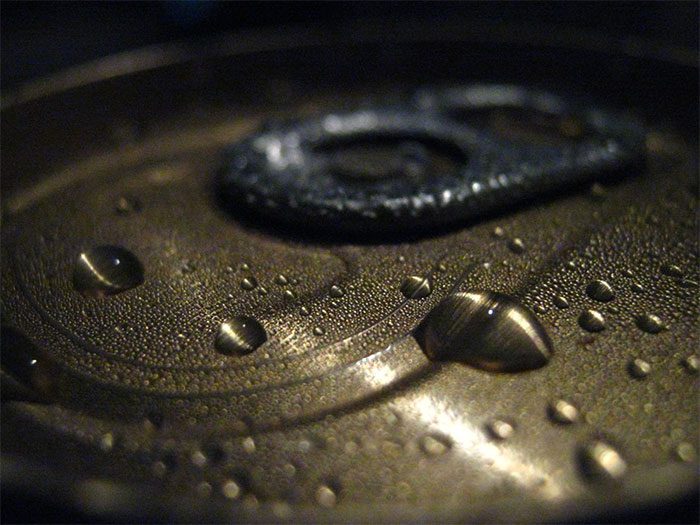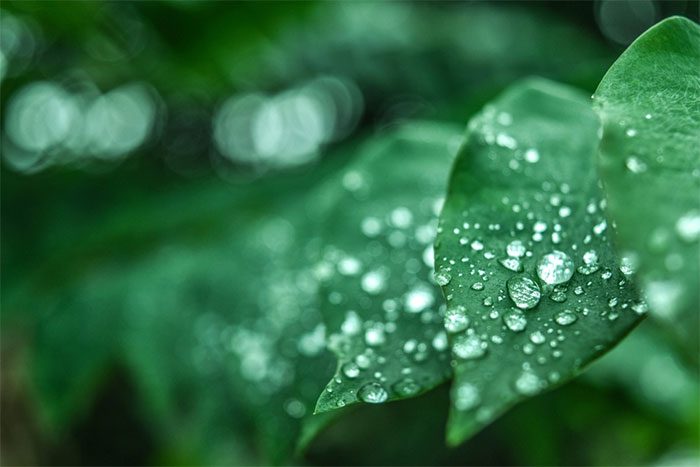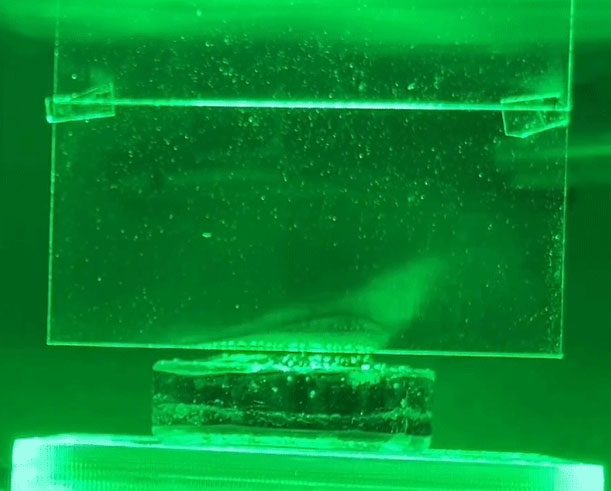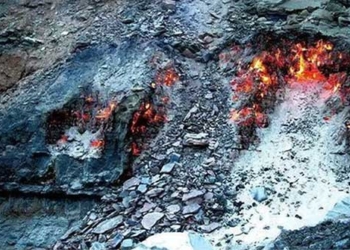The new effect could explain many unclear natural phenomena and enhance the efficiency of the desalination process from saline water.
The process of evaporation occurs around us as a natural phenomenon, from sweat evaporating on our skin, a cup of water left on the table, to seawater evaporating in the distance. However, it turns out that scientific understanding of the evaporation process is missing a significant piece.
In recent years, some scientists have been astonished by a new discovery: water accumulated on hydrogel (in a water-absorbing material structure) evaporates at a very fast rate without the influence of heat. Scientists are unclear about the mechanism by which the water has evaporated.
After many experiments in simulated environments as well as in real settings, and reanalyzing results from multiple other experiments, a research team at the Massachusetts Institute of Technology (MIT) has made a surprising confirmation. Under certain conditions, where water meets air, light can directly induce evaporation without needing heat; in fact, light makes water evaporate even more effectively than heat. It can be said that photons (light particles) have knocked water molecules out, causing the phenomenon of evaporation.

Photons (light particles) have knocked water molecules out, causing the phenomenon of evaporation.
The phenomenon is described in detail in a scientific report published in the journal PNAS, with lead author Dr. Yaodong Tu, Professor Gang Chen, and four other experts.
The research team asserts that the evaporation of water due to light could be one of the factors contributing to the formation of fog or clouds. Therefore, these factors should be included in climate simulation models to ensure the accuracy of the final results. Additionally, this phenomenon may play an essential role in various industrial processes, such as desalination using solar energy.
Scientists are astonished by this new discovery because water does not absorb light effectively. That is why you can see to the bottom of a clean lake. This property of water also complicates the desalination process, as experts have had to add dark substances that can absorb light to the water to convert light into heat.
The team was inspired by the results of another group based on fundamental physical principles, such as the law of energy conservation, achieving an evaporation rate that is double the thermal limit – optimizing the evaporation capacity of water with a given amount of heat.

Light can cause water to evaporate without heat.
Initially, two researchers, Yaodong Tu and Gang Chen, were skeptical about the superior evaporation capacity of water when exposed to light, until they began their experiments. The two scientists speculated that water evaporated due to the effect of light, meaning that photons knocked water molecules out, causing evaporation right at the surface where water and air interact. This phenomenon can also occur with water droplets present in clouds or fog.
In the laboratory, Yaodong Tu, Gang Chen, and their colleagues carefully observed the surface of the hydrogel and measured how it reacted to light at specific wavelengths. The team meticulously controlled the heat generated by the light, the evaporation capacity of the water, and the surface temperature to confirm that light can cause water to evaporate without heat.
Experiments showed that the light-induced evaporation effect was strongest at the wavelength of blue light.
When conducting a similar experiment but replacing light with electricity to generate heat, water could not evaporate as much as in the previous experiment. The phenomenon only occurred with light, allowing scientists to confirm: it is indeed light that causes water to evaporate.

Water evaporates due to the effect of blue light.
While neither water nor hydrogel can absorb much light on their own, their combination significantly increases their light absorption capacity, allowing the material composition to effectively harness energy from photons. Water can evaporate solely from the effect of light, without needing to add dark substances.
The research team has named this effect “photomolecular effect,” and they are exploring ways to apply it in practice. Currently, they have received a grant from the Abdul Latif Jameel Water and Food Lab to study the photomolecular effect in solar desalination systems, as well as a grant from Professor Ama G. Bose’s Research Program to investigate how to apply this effect in climate change modeling.
According to Professor Gang Chen, the photomolecular effect could help increase water output from solar desalination processes. Currently, the efficiency is only 1.5 kilograms of salt per square meter of water surface. With the newly discovered effect, the efficiency could reach three to four times what it is now.
Researcher Yaodong Tu believes that the photomolecular effect could enhance cooling capabilities through evaporation, providing an effective cooling system using only light.





















































